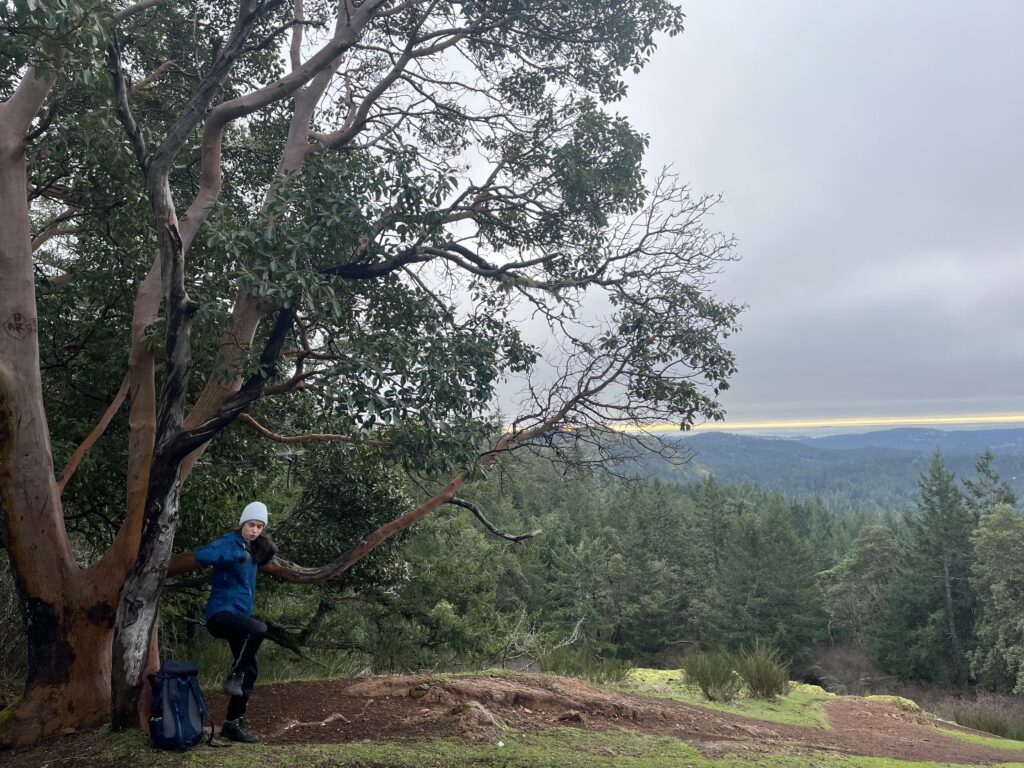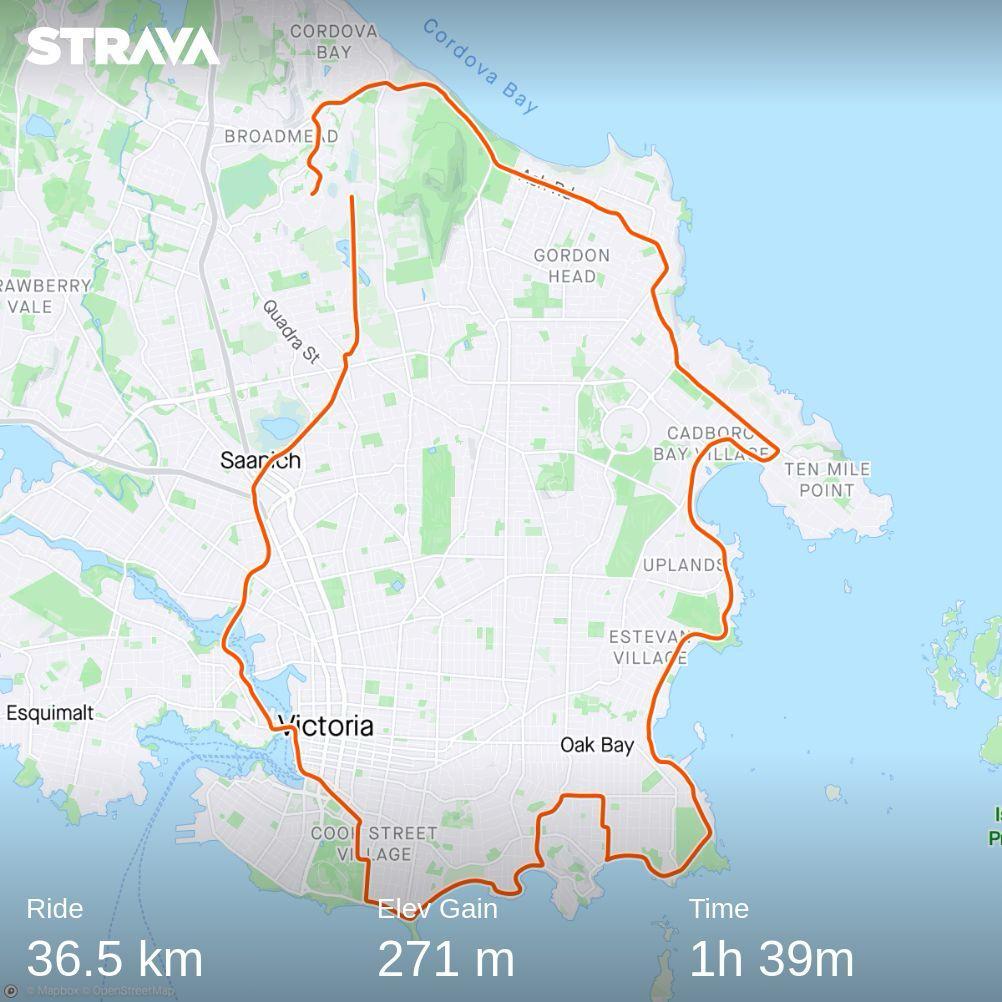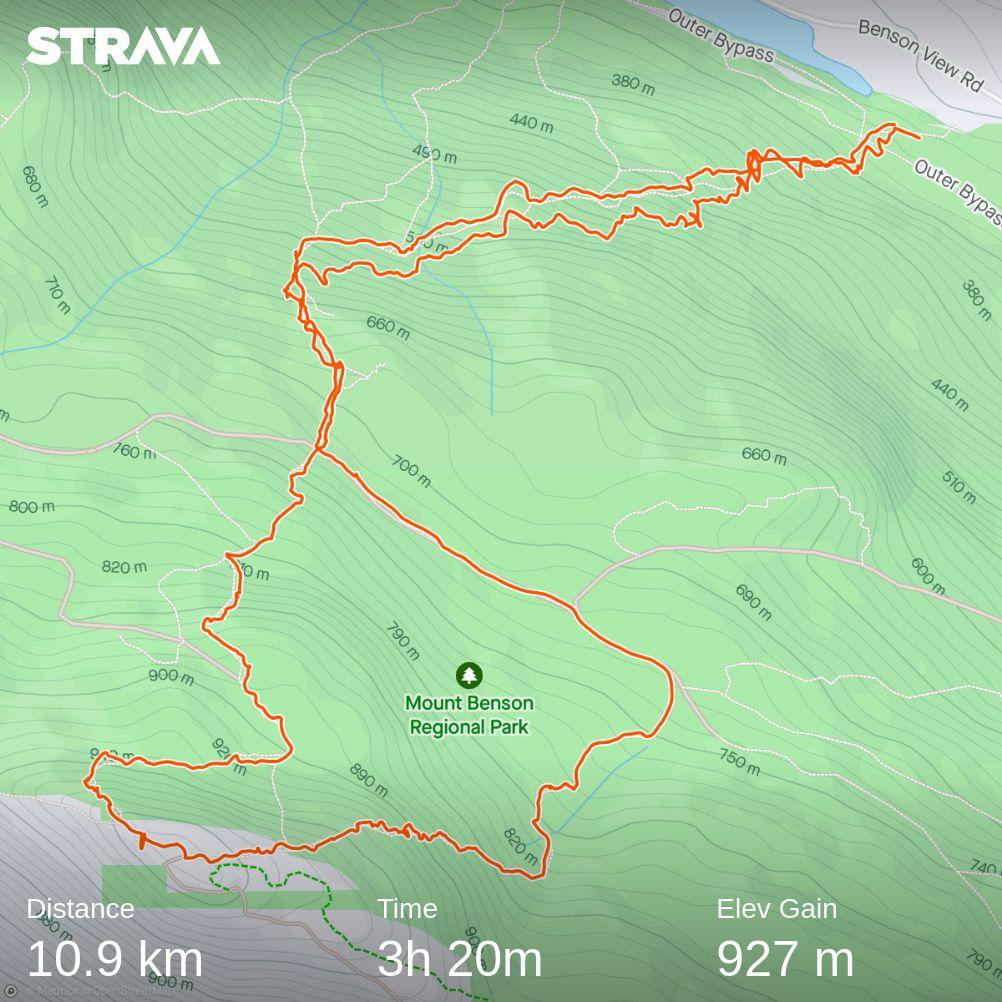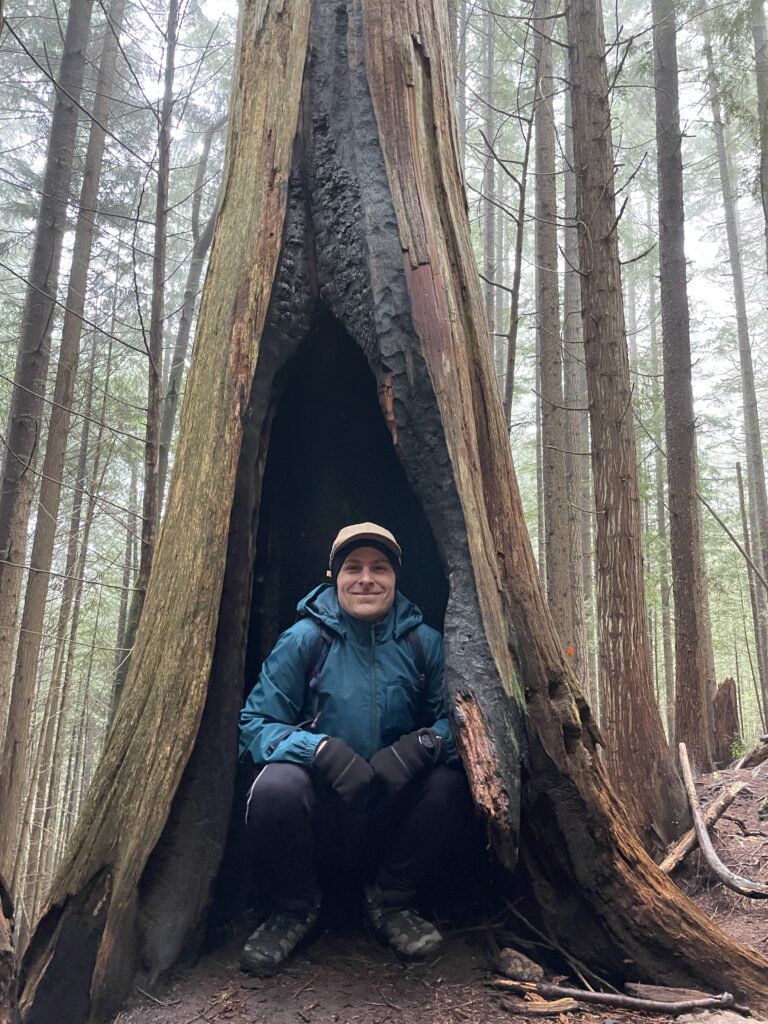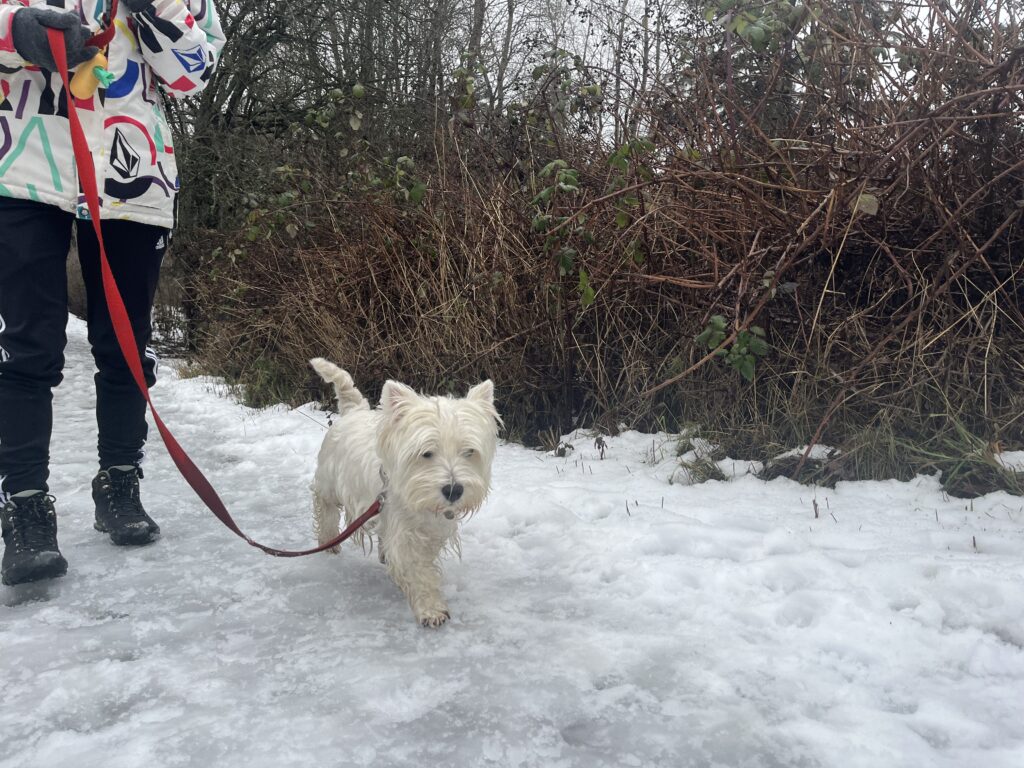This week’s nature exploration took place in Gowlland Tod Provincial Park, specifically Jocelyn Hill. I love this hike as it is not too far from the city and takes a reasonable 2-3 hours depending on how leisurely we feel like going. Another reason I like it is due to all of the Arbutus trees scattered throughout. When I first came to Victoria in 2013, I was intrigued by these trees as they are so unique looking and easy to identify.

The Arbutus is Canada’s only native broad-leafed Evergreen and is an iconic and prominent feature of Vancouver Island’s coastal landscape. Thriving in the island’s temperate rainforest environment, the Arbutus tree graces the landscape with its unique, smooth, reddish-brown bark that peels away to reveal a fresh layer beneath, creating a mosaic-like pattern. Its glossy, elliptical leaves and clusters of fragrant white to pale pink flowers in late spring add to the tree’s aesthetic appeal. The berries, though not typically consumed by humans, play a vital role in the island’s ecosystem, providing sustenance for local wildlife. Vancouver Island’s Arbutus trees often cling to rocky slopes, contributing to erosion control and showcasing their adaptability to diverse environments. With cultural significance for indigenous communities and symbolizing resilience, the Arbutus tree on Vancouver Island is not just a botanical specimen but an integral part of the island’s natural and cultural heritage (OpenAI. (2024). ChatGPT (3.5) [Large language model].).

The fact that the Arbutus tree helps mitigate erosion is very interesting. I didn’t recognize that most of the Arbutus trees I have seen have been on the classic Vancouver Island hikes, along the coastline or on the side of mountains. Something I didn’t take a picture of, but I’m sure you’ve seen if you’ve hiked anywhere on Vancouver Island, are carvings into Arbutus trees. As referenced by Rae Costain of The Land Conservancy of BC, “Because of the very smooth appearance of the inner bark, Arbutus is particularly susceptible to vandalism. In areas of frequent human traffic, Arbutus trees are often carved, scarred, and initialed. This can be extremely harmful to the tree as sites where the bark is cut are more easily infected with parasites and other diseases”. We need to recognize the importance of these native plants and give them respect.
